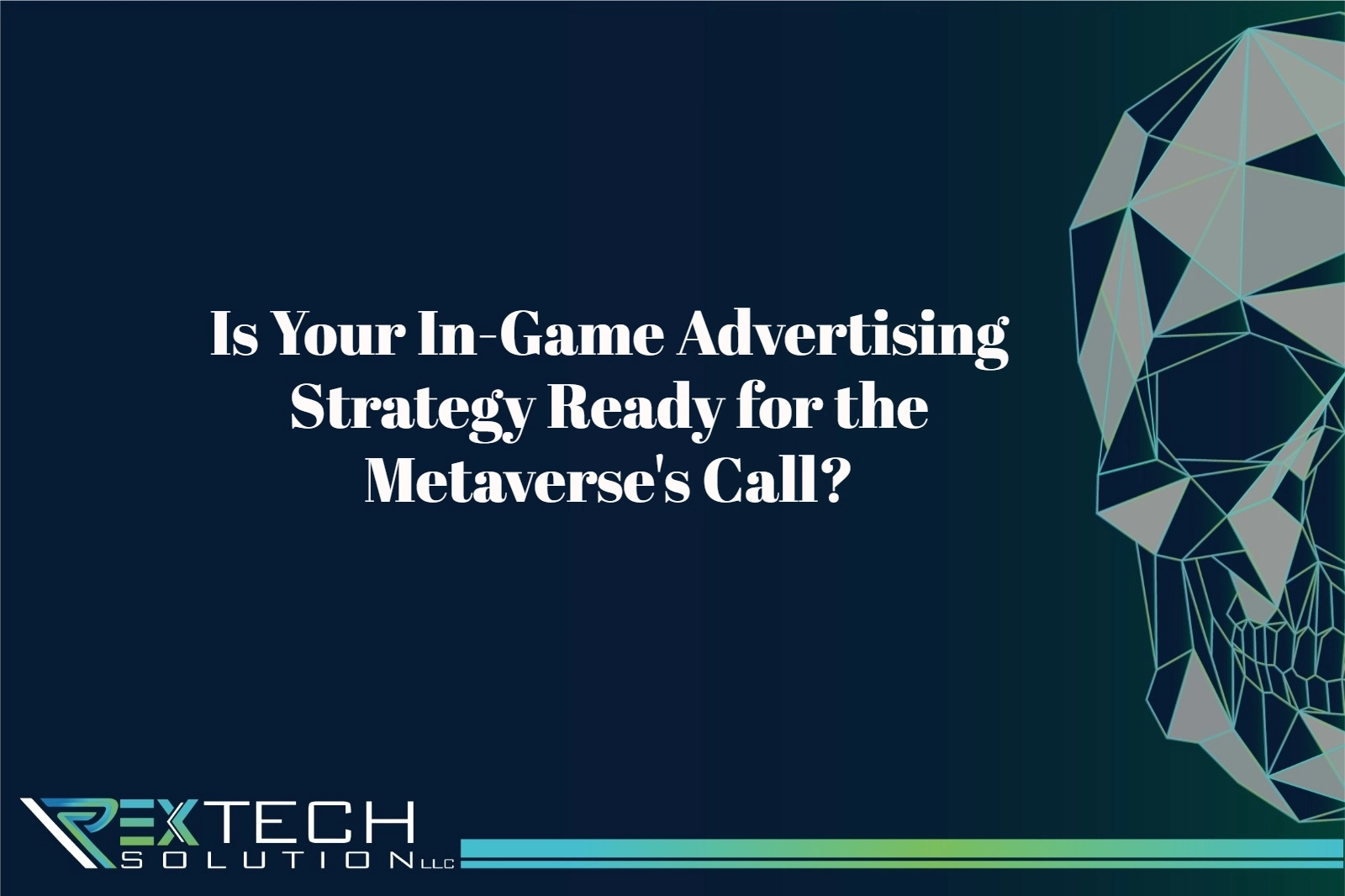The digital landscape is evolving rapidly, and with the emergence of the metaverse, the way we interact with technology and consume content is undergoing a profound transformation. As virtual worlds become increasingly integrated into our daily lives, businesses must adapt their marketing strategies to remain relevant and competitive. In particular, in-game advertising presents a unique opportunity for brands to connect with consumers in immersive and engaging ways within virtual environments. This article will explore the significance of in-game advertising in the metaverse era and provide insights into how businesses can develop effective strategies to leverage this burgeoning platform.
Understanding the Metaverse and Its Implications
Before delving into the intricacies of in-game advertising, it is essential to grasp the concept of the metaverse. Coined by science fiction author Neal Stephenson in his 1992 novel “Snow Crash,” the metaverse refers to a collective virtual shared space, created by the convergence of virtual reality (VR), augmented reality (AR), and the internet. It is a persistent, immersive digital universe where users can interact with each other and digital objects in real-time.
The metaverse has far-reaching implications for various industries, including gaming, entertainment, education, and commerce. As more people spend time in virtual environments, the opportunities for businesses to engage with consumers in novel ways multiply exponentially. In-game advertising, in particular, has emerged as a prominent avenue for brands to reach audiences within virtual worlds.
The Rise of In-Game Advertising
In-game advertising involves integrating promotional content seamlessly into video games, ranging from static billboards and product placements to interactive experiences and branded quests. Unlike traditional forms of advertising, which can be disruptive and easily ignored, in-game ads are often integrated organically into the game environment, enhancing the overall user experience.
One of the key advantages of in-game advertising is its ability to target highly engaged audiences. Unlike passive viewers of traditional advertising channels, gamers are actively immersed in the virtual world, making them more receptive to branded content. Moreover, in-game ads can be dynamically updated and personalized based on user behavior and preferences, enabling greater relevance and effectiveness.
The Role of In-Game Advertising in the Metaverse
As the metaverse continues to evolve, in-game advertising is poised to play an even more significant role in shaping consumer perceptions and driving purchasing decisions. With virtual environments becoming increasingly lifelike and immersive, brands have the opportunity to create memorable experiences that resonate with users on a deeper level.
In the metaverse, in-game ads can transcend traditional boundaries and seamlessly blend with the virtual landscape, blurring the line between reality and fiction. For example, a player exploring a futuristic cityscape may encounter virtual billboards advertising real-world products, enhancing the sense of immersion and realism. Additionally, with the rise of virtual currencies and digital assets, brands can explore innovative monetization models, such as virtual product placements and branded virtual goods.
Strategies for Effective In-Game Advertising
To capitalize on the potential of in-game advertising in the metaverse, businesses need to adopt a strategic approach tailored to the unique characteristics of virtual environments. Here are some key strategies to consider:
- Understand Your Audience: Conduct in-depth research to identify the demographics, preferences, and behaviors of your target audience within virtual worlds. This will enable you to create tailored advertising campaigns that resonate with gamers. Utilize tools such as player data analysis and virtual focus groups to gain insights into player motivations and interests.
- Integrate Seamlessly: Avoid intrusive or disruptive advertising tactics that detract from the gaming experience. Instead, focus on integrating branded content in a natural and organic manner that enhances immersion and authenticity. Collaborate with game developers to seamlessly integrate ads into the game environment, ensuring that they complement the overall aesthetic and narrative.
- Leverage Interactive Experiences: Capitalize on the interactive nature of video games to create engaging branded experiences that encourage user participation and interaction. This could involve sponsoring in-game events, challenges, or competitions, where players can earn rewards or unlock exclusive content by engaging with branded activities. By fostering a sense of community and competition, brands can amplify the impact of their advertising efforts and foster deeper connections with players.
- Embrace Virtual Reality: With the growing popularity of VR technology, consider leveraging immersive VR experiences to showcase your brand in virtual environments. VR advertising offers unprecedented opportunities for engagement and storytelling, allowing brands to transport users to immersive virtual worlds where they can interact with products and experiences in ways that were previously unimaginable. Whether it’s a virtual showroom, interactive demo, or branded VR game, the possibilities for creativity and innovation are virtually limitless.
- Measure and Optimize: Implement robust analytics tools to track the performance of your in-game advertising campaigns and iterate based on real-time data insights. Continuously optimize your strategies to maximize ROI and effectiveness, experimenting with different ad formats, placements, and messaging to identify what resonates most with your target audience. By leveraging data-driven insights, you can refine your approach over time and ensure that your advertising efforts are delivering measurable results.
Suggested Read: Maximizing Lead Generation Through Content Marketing
As the metaverse continues to take shape, in-game advertising represents a compelling opportunity for brands to connect with consumers in immersive and meaningful ways. By understanding the unique dynamics of virtual environments and adopting strategic approaches tailored to this evolving landscape, businesses can position themselves for success in the digital age. With the right mindset and execution, in-game advertising has the potential to revolutionize the way we engage with audiences and drive business outcomes in the metaverse era.
In conclusion, businesses must embrace the transformative power of in-game advertising and prepare themselves for the opportunities and challenges that lie ahead in the metaverse. By staying agile, innovative, and consumer-centric, brands can unlock new avenues for growth and differentiation in the dynamic landscape of virtual reality. The metaverse beckons – is your in-game advertising strategy ready to answer the call?

